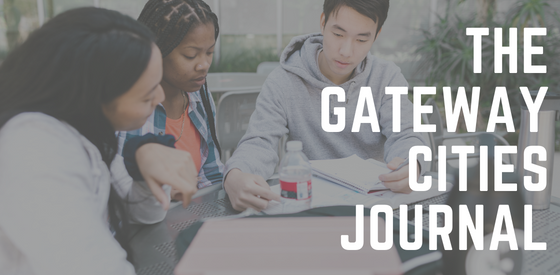On the campaign trail, Governor-elect Healey did not articulate clear strategies for closing stark educational disparities in Massachusetts. Her appointments and statements in the coming weeks will be closely watched for clues on how she will approach these challenging issues. A strong first step would be to depart from her predecessors by acknowledging that increasing school segregation is a threat to the commonwealth’s social and economic future, and a problem that she will take head-on from the corner office.
MassINC began 2022 with a report that looked at the increasing concentration of low-income students in Gateway City schools. This longstanding trend has major ramifications for development patterns in Massachusetts and widening inequality. Fortunately, there are meaningful responses that don’t require radical change. Dual-language immersion (DLI) is one of the most promising.
These schools, where teachers provide instruction using both English and a second language, have operated in Massachusetts for 50 years. Today there are more than 30 of them scattered across the state. For the most part, they are elementary schools, though several extend to the middle grades. Many partner Spanish with English, but you can also find French, Portuguese, Haitian Creole, and Mandarin. Often the school population is a mix of immigrants, whose native language is the partner language, and native-English speakers, who are learning the partner language for the first time.
By bringing together students from different backgrounds, students in DLI schools likely get the many benefits associated with learning in integrated environments, including reductions in racial bias and improvements in critical thinking, leadership skills, and civic engagement. They will most certainly reap the cognitive benefits that come with acquiring a second language at a young age. DLI is also one of the most effective models for supporting English Language Learners (ELLs), generating large increases in academic achievement.
A decade ago, Gateway City leaders signaled out expansion of DLI schools as a core strategy in their shared education vision. At the time, there were just two of these schools operating in Gateway Cities. Brockton, Fall River, Holyoke, Lynn, Salem, and Worcester have since established 10 more. But Gateway Cities have not had the support necessary to bring this transformative practice to scale. Only a dozen out of nearly 500 Gateway City schools employ the model; less than 4 percent of their ELL students have the opportunity to learn in these extremely beneficial settings.
Part of the problem is Massachusetts’ difficult history when it comes to all aspects of bilingual education. It’s only been a few years since the passage of the LOOK act, which restored the ability of districts to provide evidence-based instructional models that best meet the needs of their ELLs. Communities are still recruiting and training skilled bilingual educators to staff these efforts.
Given this challenge, it is even more imperative that the state provides substantial support for districts looking to create DLI schools. This includes funding organizations that can offer training and technical assistance, prioritizing the recruitment and retention of educators with the linguistic skills to provide instruction in two languages, and perhaps most important, working with DLI schools to ensure that an integrated learning community produces an inclusive school climate, where all students and families feel welcome and supported.
The Healey-Driscoll Transition Strategy presented by the Gateway Cities Innovation Institute this week emphasizes the need to make school integration a central focus. Gateway Cities can be the solution to the state’s housing crisis. They can absorb growth more efficiently and sustainably. They can be vibrant regional economic engines and provide their residents with opportunity for upward economic mobility. But to perform these vital functions, they must have strong public education systems.
As we articulated in the 2013 Gateway Cities vision, this means building on their many educational assets to provide exceptional learning environments to families from all backgrounds. The linguistic diversity of their residents is one of these educational assets. With leadership from the incoming administration, they can draw on it to create powerfully integrated DLI schools.
